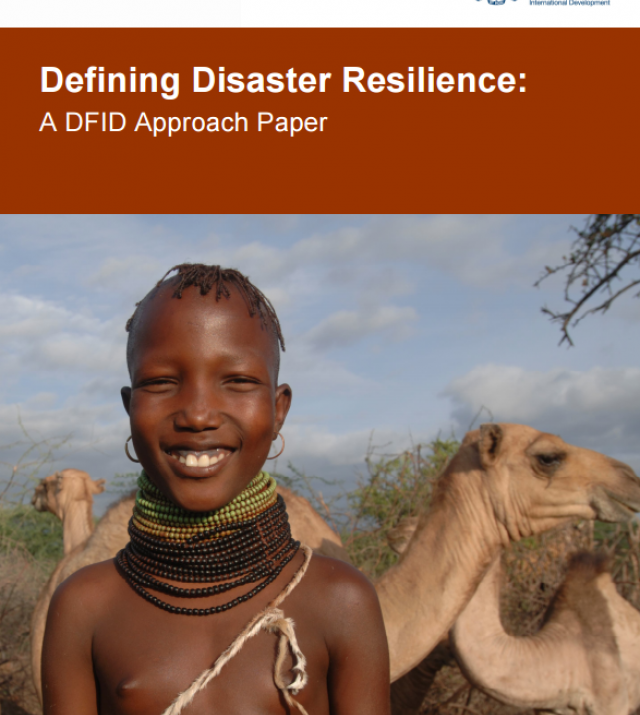
Understanding Peri-Urban Sustainability: The Role of the Resilience Approach

This paper begins by summarising some of the key debates around differing understandings and uses of the term resilience, and then focusing on socioecological resilience, uses an empirical case study of Bardia National Park in Nepal to demonstrate how a resilience approach can be a useful tool in understanding key interactions between social and ecological systems that impact on the management of protected areas. This first example, where there is a recognised need to build resilience in a situation with high natural capital, but also high levels of poverty, illustrates how important variables and interactions, which tend to be overlooked, can be highlighted through a resilience approach, and how this can influence conservation policies and management plans.
Some criticisms of the resilience approach are considered, particularly in relation to its apparent ambiguity concerning for whom and what resilience is aimed. The relationship between resilience and sustainability is briefly discussed, and, in particular, how resilience might contribute alongside other established theories and approaches in understanding various dimensions of sustainability and how it might be sought.
The paper develops the use of the resilience approach by focussing on complex peri-urban situations, characterised by increasing social exclusion and environmental degradation, where conflicting priorities for development are inevitable. The flow of resources, and range of processes, from not only within the system (peri-urban areas) but also from outside the system (urban and rural) exemplifies the complexity and potential of multiple states in the peri-urban interface.

